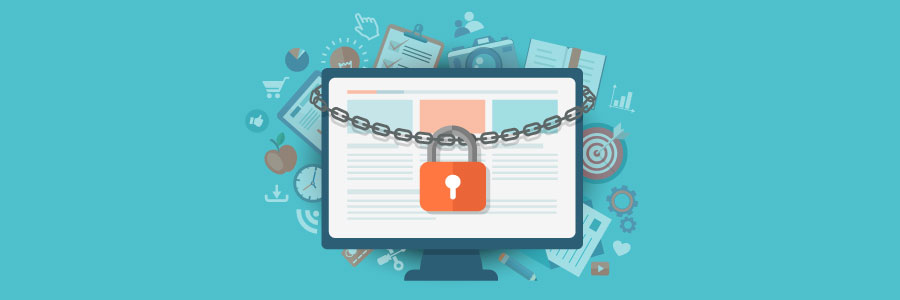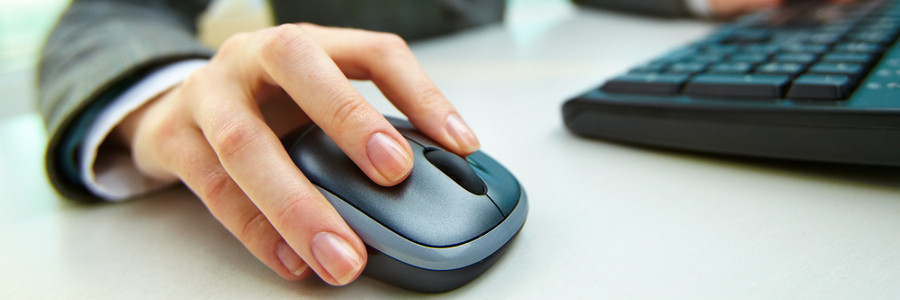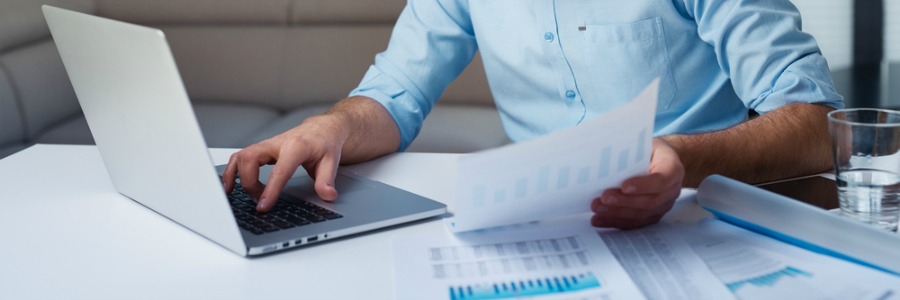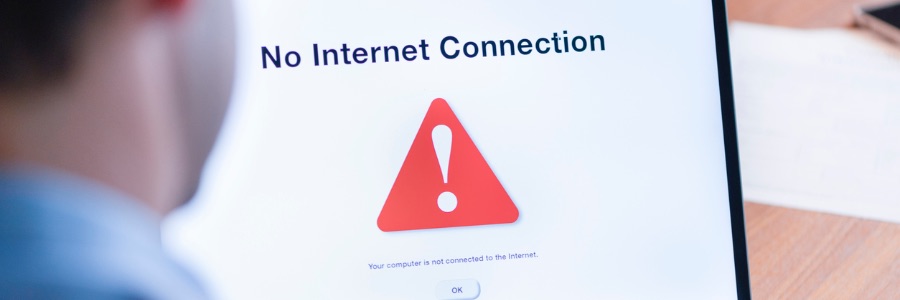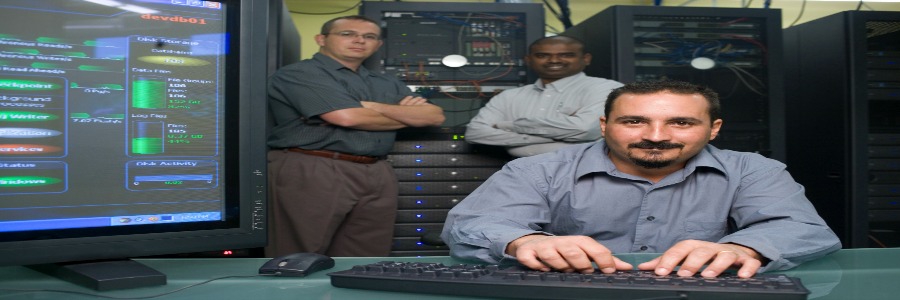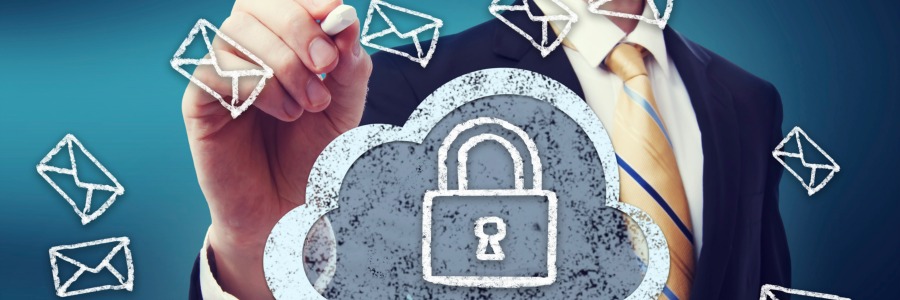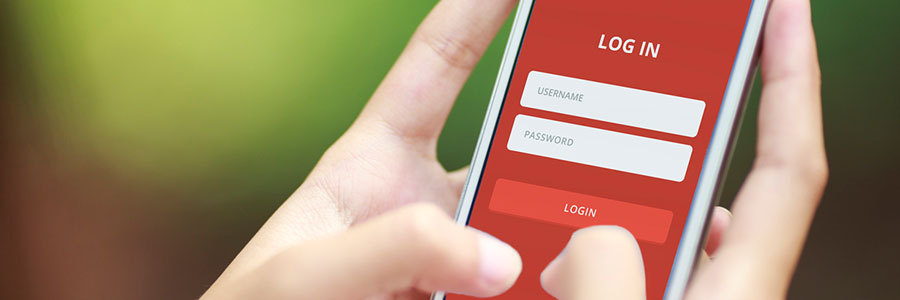Do you need a website that'll convince people to sign up for your services or buy your product? The solution to conversion is simpler than you think. Here are five easy website essentials that will surely encourage conversion.
1. Optimize your website for mobile devices
More people are now surfing the web via smartphones and tablets.
5 Website conversion ideas for your business



